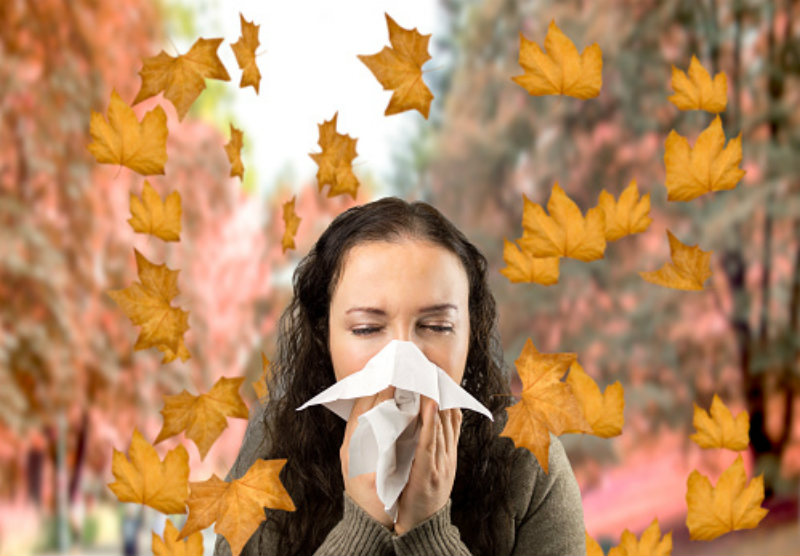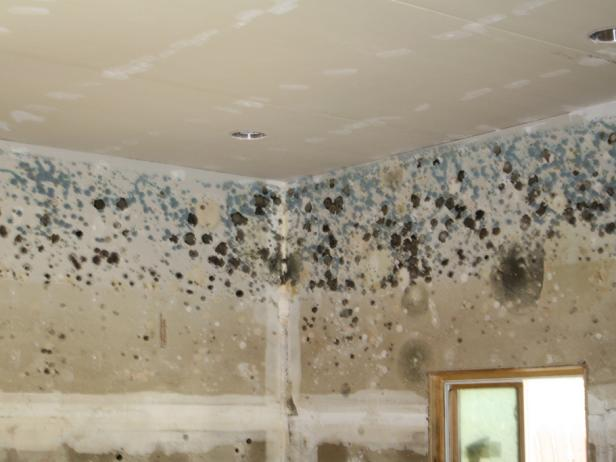Fall Allergies
Causes, Symptoms, Treatment, and Side Effects of Fall Allergies
Fall Allergies Overview
You would be well aware of the irritating allergy symptoms most allergy sufferers challenge almost all year round. The seasonal allergy or hay fever may cause eye irritation, nasal irritation, respiratory irritation, skin irritation, or digestive irritation not just in the spring but also when the leaves fall.
Fall allergies can especially be difficult for people who are sensitive to mold or ragweed pollen. Apart from these seasonal elements, other triggers may cause the symptoms of fall allergy that are discussed further:

Hay Fever
Hay fever has nothing to do with hay. It is a term used to describe seasonal allergies related to late-summer allergies. It usually occurs when the hay is formed, so the name hay fever. It may sometimes be but not always associated with pollen. Hay fever is also known as allergy rhinitis and is the fifth most common disease in the United States.
The most common trigger of hay fever known up to date is ragweed pollen. It can produce up to more than a billion pollen per season. This is a yellow flowering weed that blooms in August and causes allergic symptoms in the fall until the first cold kills the plant. It can be found everywhere but is most common in the east and Midwest areas.
Unfortunately, 75 percent of spring allergy sufferers will also be affected by ragweed pollen.
Fall Allergies and Hay Fever Prevention
Most TV channels or local newspapers publish a daily report of the pollen count in your area. Try to stay indoors, especially during the hours the pollen count is high. If you have to move out, wear a mask to filter pollen from entering the nasal passage.
Keep your car and home windows closed, and take off your outer garments when entering the home to prevent pollens from following you. Keep your carpets and floorings clean on a regular basis. Don’t dry your clothes outdoor. Change your clothes and take a bath daily.
Mold and Mildew

Mold produces spores that are like pollens and mature both indoors and outdoors. They are easily spread by wind or air indoors. These fungi tend to grow all over the year. In fall, the most common places they may reproduce are damp fallen leaves and compost piles. Indoors, they thrive in humid areas like bathrooms, kitchens, and basements.
Mold and mildew, unlike pollen, are not destroyed by the first frost, but they do go dormant in the winter.
Prevention
Keep your backyard from fallen leaves and from blocking the gutters. Don’t pile up leaves and keep them away from your house. Wear a protective mask while raking leaves and cleaning compost bins.
It is recommended to use a high-quality air filter or dehumidifier in the house, especially in the basement and humid areas. Bathrooms and kitchens should be cleaned regularly using vinegar or anti-mildew agents to avoid the abundance of mold growth.
Dust Mites
Dust mites can be found year-round, causing dust allergies but are active during temperatures ranging from 68 to 77 degrees Fahrenheit (20 to 25 degrees Celsius).. However, they die in extreme temperatures or when the humidity drops below 70%. It may not be possible to completely eliminate dust mites from the house, but you can take some preventative measures to get rid of them.
Prevention
When turning on the air vent for the first time after summer, make sure it is clean. Wash and change your bedding regularly and try to clean them in hot water. Hold the humidity in the air below 50% by using a dehumidifier. Regularly dust and vacuum your house, and wear a filtering mask when doing so. Instead of carpeting, consider installing hardwood floors.
Pet Dander and Fur
Pet dander consists of dead skin shed by animals causing dander or fur allergy symptoms. 40% of people suffering from seasonal allergies also have fur allergies. An overly responsive immune system reacts to dander, hair, saliva, or urine from pets, resulting in pet allergies.
Some dog breeds elicit more negative responses than others. The worst offenders are Saint Bernards and bulldogs. Cats are twice as likely as dogs to cause allergic reactions in humans.
Prevention
Wash and groom pets using a face mask. Avoid going near furry pets, especially cats and dogs. Keep them off from your furniture and make them stay in specific areas at your home. Keep the pet’s bedding and litter boxes away from the air vent of your heating and cooling system.
Symptoms of Fall Allergies
- Irritation in eyes, nose, ears, and mouth
- Sneezing and nose irritation
- Runny nose
- Stuffy nose due to congestion
- Post-nasal drip, a sensation of mucus dripping at the back of the throat
- Red, itchy and watery eyes
- Puffy eyes
- Skin irritation/allergy
- Some may get hives
- Coughing, wheezing, or difficulty breathing in severe symptoms
Treatment of Fall Allergies
Even after your best preventive measures, you may still catch some allergy triggers that may cause allergy symptoms. Fall allergies can be treated the same as other seasonal allergies are treated.
Medication
Antihistamines: These are used to relieve symptoms such as itchy and watery eyes and nose, runny nose, and sneezing. These may be available in the form of tablets, nasal sprays, or liquid.
Corticosteroids: These are considered the most effective medications for allergic rhinitis. It helps by reducing inflammation and may be used as a nasal spray, inhaler, or pills.
Decongestants: These minimize stuffiness by shrinking the lining of the nasal passages. Decongestants are available as pills, liquids, drops, and nasal sprays. Long-term use may have negative consequences.
Leukotriene receptor antagonists: These are tablets that block the action of various chemicals that cause allergic reactions in people.
Eye drops: Eye drops may be used for treating eye allergies due to ragweed pollen and molds. They can provide temporary relief from redness, itchiness, and swelling in the eyes.
Immunotherapy is a long-term cure that helps to soothe people from allergies. Physicians can use immunotherapy to treat patients who are experiencing side effects or who are getting little to no benefit from medications.
Allergy shots and sublingual tablets are two forms of immunotherapy. These allergy shots are given for up to 3 to 5 years. It provides resistance from allergens.
Home Remedies
Natural or home remedies may bring comfort to people suffering from fall allergies. These remedies may include:
Steam inhalation
Inhaling steam can open up the nasal passages and soothe people from allergic rhinitis symptoms. You can place a vessel of boiling water on the table to substitute a steamer. Cover your head, face, and container with a towel and inhale the steam.
Saline solution
Using saline rinse relieves stuffy nose and congestion by removing extra mucus from the nasal passage. This solution can also wash out allergens from the nose and sinuses. You can get various saline solutions without a prescription.
Conclusion
Symptoms can be managed for fall allergies by considering preventive measures. Proper medications should be followed if the symptoms get severe. If you have a pollen allergy during the fall, it is easy to know your culprit. Get rid of ragweeds as much as possible.
Written by: Madiha Ather Hashmi (April 19, 2021)
Sources
- Reviewed by Nayana Ambardekar, MD on March 07, 2020 Fall Allergies
https://www.webmd.com/allergies/fall-allergy-relief#:~:text=What%20Causes%20Fall%20Allergies%3F,also%20have%20reactions%20to%20ragweed. - Medically reviewed by Alana Biggers, M.D., MPH — Written by Joseph Nordqvist on June 20, 2017, All You Need To Know About Hay Fever
https://www.medicalnewstoday.com/articles/160665 - Medically reviewed by Steve Kim, MD — Written by Ryan Wallace — Updated on August 20, 2018, Common Fall Allergens & How to Fight Them
https://www.healthline.com/health/allergies/fall-allergens
Medically Reviewed By

Alexandria University Hospital
I have reviewed the articles on seasonalallergies.org and I would like to say that I was very surprised.
Over years, I have seen many different articles in the field of allergy, but these articles were very interesting.
These articles were really unique, they could help many people around the world to know more about seasonal allergy, symptoms, prevention and when to seek medical advice.
These articles represent an addition in the field of Health Education not only for people with allergy but also for the whole population.
Looking for more allergy types? Find a full list of other allergy types here.
Last Updated on July 5, 2023